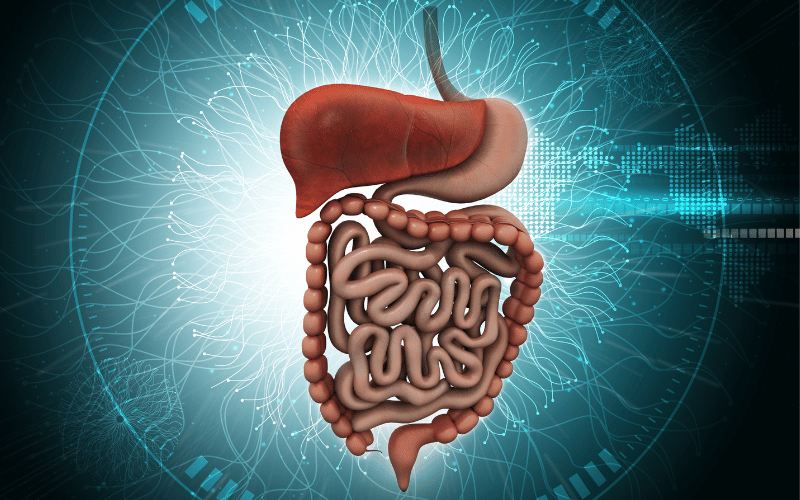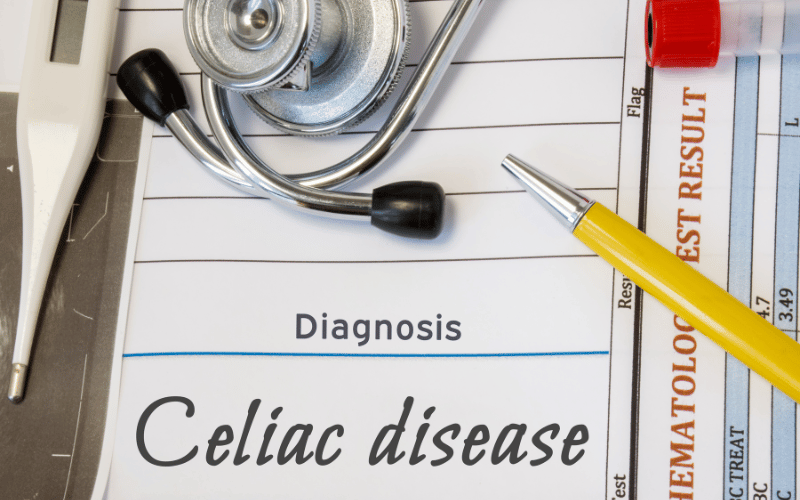Introduction: Delving into the Complex World of Malabsorption
Malabsorption stands as a silent yet significant concern in the realm of digestive health. At its core, it represents a failure of the digestive system to properly absorb nutrients from the food we consume. When this condition sneaks into our lives, it doesn’t just bring discomfort but also poses threats to our overall health and well-being. Understanding its causes is the first step toward safeguarding our digestive system and ensuring our bodies receive the vital nutrients they need.

The term ‘malabsorption‘ might sound intricate, but in simple words, it refers to the inability of the intestines to absorb essential nutrients, leading to deficiencies that can manifest in various ways. Whether it’s unexplained weight loss, chronic diarrhea, or a slew of other symptoms, the causes behind these manifestations are diverse. Some of them are common, while others are rarer, but each one holds its significance in the vast landscape of digestive health.
Throughout this article, we’ll embark on a journey to uncover the top 10 causes of malabsorption. From widely recognized issues like Celiac Disease to less-talked-about concerns such as Bile Salt Malabsorption, we’ll offer a detailed look into each. Our aim? To empower you with knowledge, awareness, and insights that can make a difference in recognizing and addressing this condition.
So, without further ado, let’s dive deep and explore these causes. Because understanding the ‘why’ behind malabsorption can be the key to unlocking better digestive health and, by extension, a healthier life.
1. Celiac Disease: The Silent Saboteur of Nutrient Absorption

Celiac Disease, an autoimmune disorder, is widely known for its connection to gluten intolerance. When someone with Celiac consumes gluten, it wreaks havoc in their small intestine, damaging the lining. This damage impairs nutrient absorption, a silent assault on the body’s wellbeing. Interestingly, it’s not just about wheat, barley, or rye. Even minor exposure, like using a toaster that once toasted regular bread, can spell trouble.
The gut’s response to gluten in those with Celiac Disease is intriguing. The body mistakenly identifies gluten as a threat, leading the immune system to attack its own intestine. This assault damages villi, the tiny, finger-like protrusions in the small intestine responsible for absorbing nutrients. As these villi get damaged, malnutrition becomes a concern, even if the individual is consuming a nutrient-rich diet.
A peculiar aspect of Celiac Disease is its vast array of symptoms. Some individuals may experience severe digestive discomfort, while others might show signs of iron-deficiency anemia or extreme fatigue. However, what’s truly perplexing is that some individuals may have no noticeable symptoms at all, making the disease somewhat of an enigma. (1)